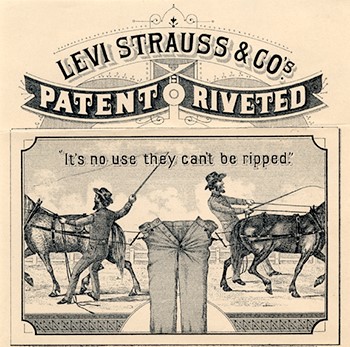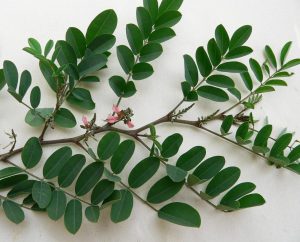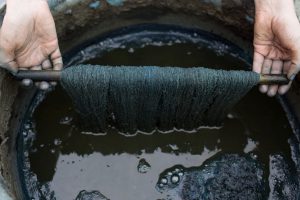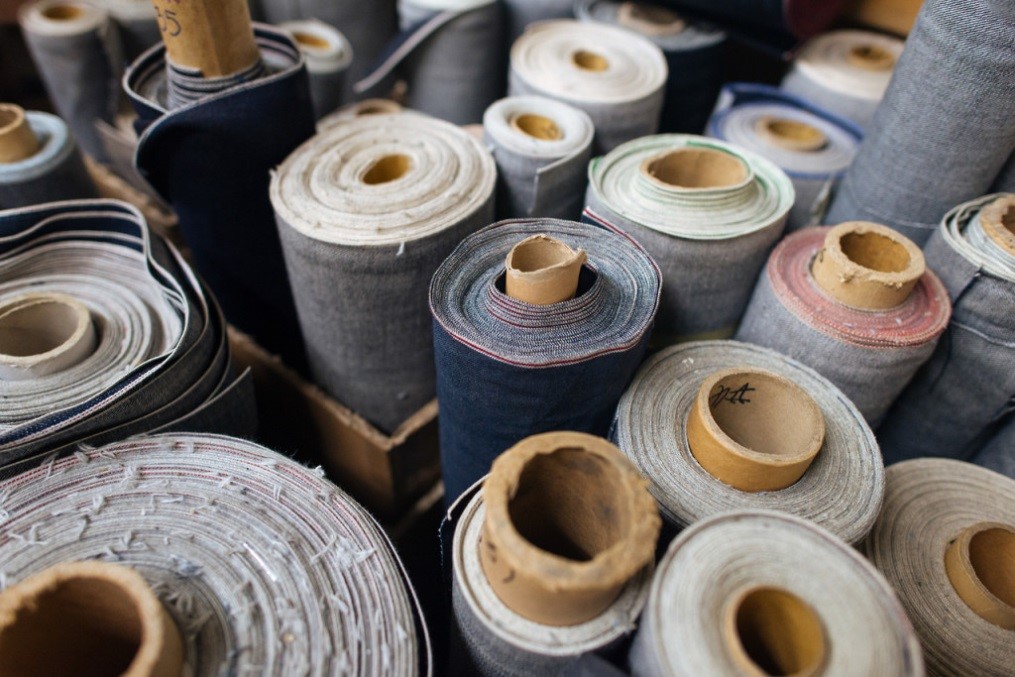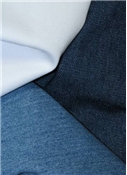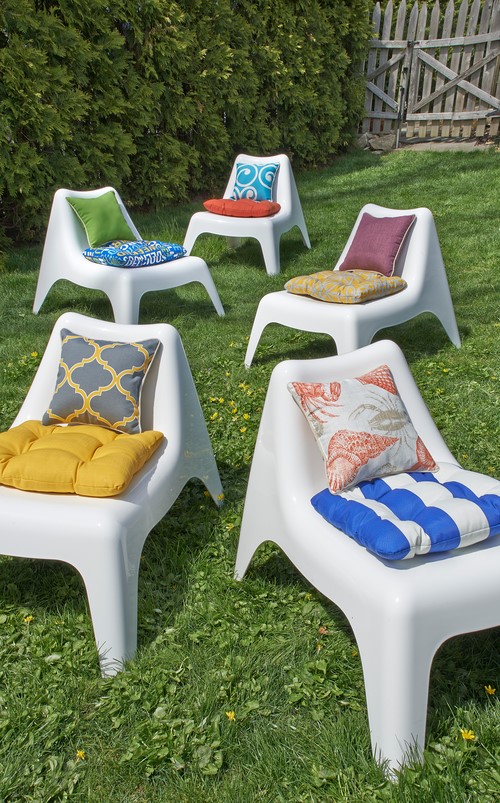 What is outdoor fabric?
What is outdoor fabric?
Outdoor fabric is created specifically with outdoor applications in mind. It is UV resistant which means it will resist fading for at least 500 hours of direct sunlight. Outdoor fabric is also mildew and water resistant. Fabrics treated with an antibacterial finish offer protection against bacteria and mold. These chemical finishes are designed to tackle the most persistent and resilient threats, but they are effective in combatting a wide range of living organisms. Fabrics made with these finishes are perfect for outdoor applications. Although these indoor/ outdoor fabrics are UV resistant , water resistant and mildew resistant, they are not meant to be left outdoors 24/7. Any removable fabric cushions should be stored indoors when not in use and cleaned regularly. This will ensure years of longevity for your fabrics.
The Different Types of Outdoor Fabrics
Spun Polyester
Spun or printed polyester is appropriate for indoor or outdoor use. It is constructed of 100% polyester yarns, these fabrics are easily cleaned with mild detergent and water. Spun Polyester is stock-dyed or yarn-dyed. This is an inexpensive process that textile mills use to colorize fabric.
Solution Dyed Olefin and Polyester
Olefin is a synthetic fiber made from a polyolefin, such as polyethelene. Its advantages are its strength, colorfastness and comfort, its resistance to staining, mildew, abrasion, sunlight and its good bulk and cover. A solution dyed material, is dyed at the fiber level before it is spun or woven into a fabric. This allows the color to be mixed into the solution thoroughly, bringing the color all the way through the fiber before it is extruded. Polyester can also be stock dyed, but fades faster especially if exposed to direct sunlight for long periods of time.
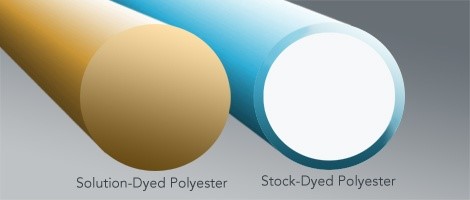
Solution Dyed Acrylic
Acrylic canvas is among the leaders in outdoor fabric because the color and strength remain true over many years even after harsh chemical cleaning. Acrylic repels water superiorly to Olefin making it the best choice for application in an outdoor setting.
Care and Cleaning
To keep your outdoor fabrics looking their best and lasting the longest general care is recommended. This includes bringing any loose cushions indoors when not in use and brushing off any loose dirt or debris regularly. For stubborn stains a diluted bleach solution can be prepared using 1 cup of bleach and ¼ cup of a mild detergent (such as dawn or woolite) per gallon of clean water. The solution should be sprayed on the face of the fabric and gently brushed. Do not keep the solution on the fabric more than 2 minutes before rinsing with cool water.
Outdoor fabrics are perfect for outdoor pillows and cushions, but some are not recommended for indoor upholstery. Sunbrella brand and other solution dyed outdoor fabrics are great for all uses, but many printed outdoor fabrics are not intended for indoor upholstery. A common question is “Can I use this on my kitchen chairs?”, but keep in mind that your kitchen chairs receive a lot more daily friction than a loose outdoor cushion would. While Outdoor fabric is fade resistant, mold and mildew resistant, and relatively easy to clean, many aren’t made to stand up to the daily friction such as kitchen chairs. If you use printed outdoor fabric you may notice the pattern becoming lighter on the front edge where people get on and off of the chair. This doesn’t happen with loose outdoor cushions as they aren’t stapled tightly and because they usually aren’t in as high use as your indoor chairs.
